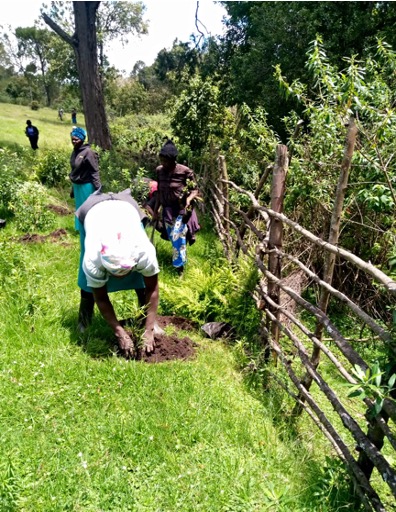Seed collection, germination, and seedling production
Samara fruits of Mansonia altissima
Adigla Appolinaire Wedjangnon
Fruits of Mansonia altissima
Adigla Appolinaire Wedjangnon
Seedlings of Mansonia altissima
Adigla Appolinaire Wedjangnon
Making materials avilable to initiatite the restoration and conservation process for the plantation of seedlings. The purpose is to ensure that we have enough young plants for the species introduction into the identified protected forest ecosystems. We collected seeds from the existing population of the target species and sowed them in polyethylene bags filled with forest soil at the forest nursery. This block also focuses on providing the right care and environment for young seedlings to grow strong. It includes watering, protection from pests, and ensuring they get enough sunlight. Healthy seedlings are more likely to survive when planted. We raised the prouted seedlings for six months in field conditions before planting them.
As conditions important for successful seedling production, conservationists need high-quality and healthy seeds, a nursery with poor light-penetrated shading, a permanent water source, containers, and a medium. Establishing a reliable schedule for watering, fertilizing, and monitoring light conditions helps seedlings to grow faster. Regular checks for pests and diseases are necessary to protect seedlings and ensure healthy growth of plants.
Mass production of seedlings for restoration and conservation requires many financial resources and human capital for nursery care. However, this is a way to secure the establishment of planted trees in forest ecosystems. We also learned that seeds of different species may require tailored germination techniques. There is no one-size-fits-all approach to grow seedlings of all species. It is crucial to understand the specific needs of each seed type before starting.
